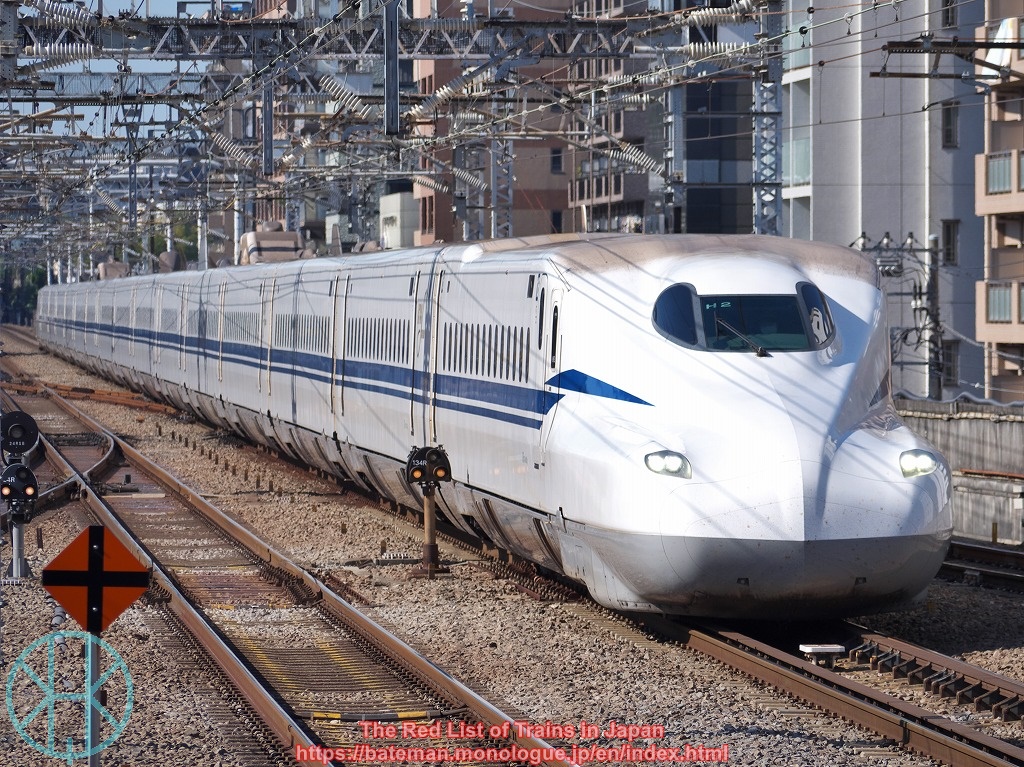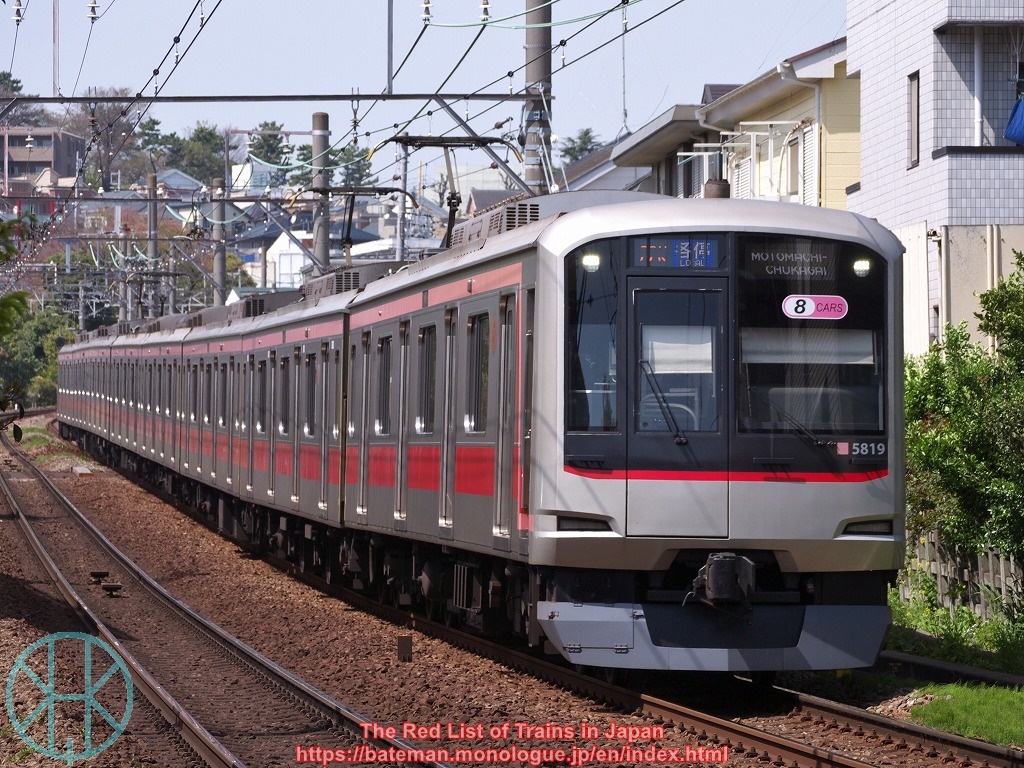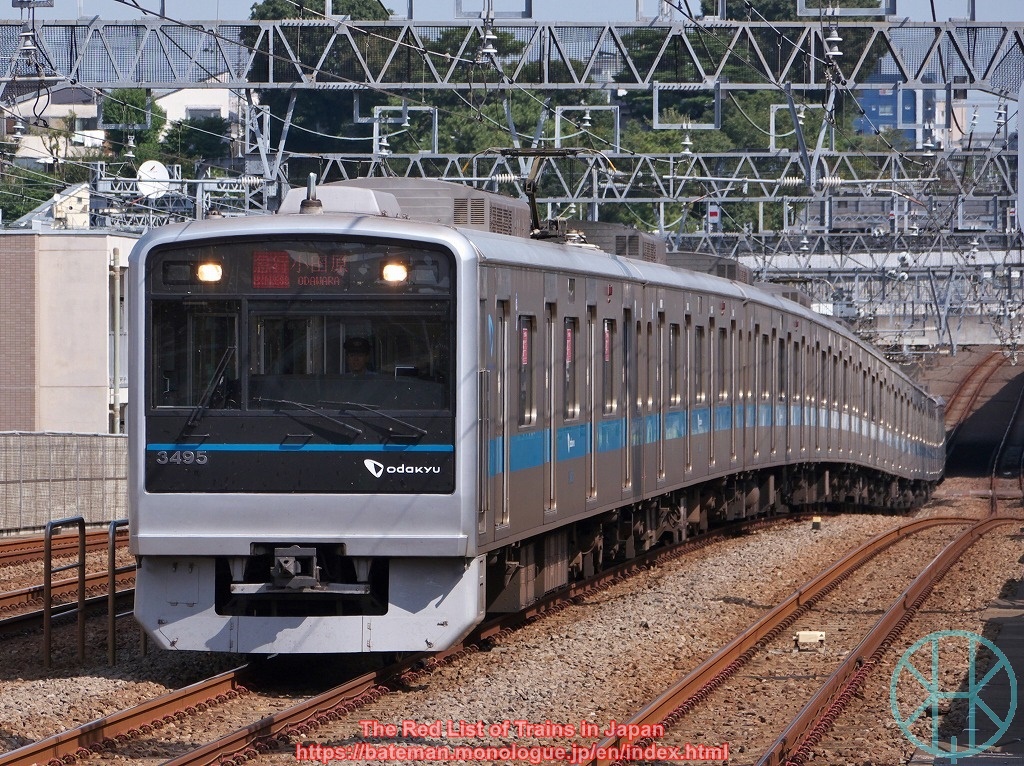Introduction
On 24 October, Keikyu published an overview of new timetables that take effect on 26 November. According to the company, it is the biggest timetable change in more than 23 years. Like other railway operators around the world, Keikyu has decided to reduce services as ridership has not yet recovered to pre-pandemic level. However, the timetable revision contains significant changes that are contradictory to its long-term objectives, and thus raises serious concerns that how or even if do they really think carefully about their future, as argued below.
What happens to Keikyu lines?
 |
| Limited Express Tokkyu |
Service reduction. Keikyu has not yet published statistics this year, but other railway companies in Tokyo have seen less passengers than before the COVID-19 pandemic. For example, Tokyu estimates 14% less ridership than pre-COVID days by March 2023. As considerable number of people prefer remote working even today, the ridership of trains in Tokyo is not expected to be fully recovered, just like other major operators across the country and around the world – such as JR Group, Transport for London and Metropolitan Transportation Authority of New York. Keikyu is no exception.
During rush hours, not a few fast services from Shinagawa towards Yokohama and Yokosuka will be formed of eight coaches instead of twelve. In the daytime, trains to and from Yokohama area will be reduced from 18 to 15 services per hour. Airport Express will be every 20 minutes instead of 10, and Limited Express Kaitoku to and from Toei Asakusa Line will be downgraded to Tokkyu.
More radical changes will be taken place: services between Tokyo and Haneda Airport, as described below.
How do services to Haneda Airport change?
Before looking the new service patterns, it is important to review the current off-peak timetable (daytime on weekdays and almost the whole day at weekend).
 |
| BEFORE the timetable revision |
At present, Limited Express Kaitoku (including one Airport Limited Express) to/from Shinagawa and Toei Asakusa Line run every 10 minutes, and Airport Express to/from Yokohama runs every 10 minutes. As the map shows, Kaitoku is a fast service, while Airport Express is semi-fast. The fastest Airport Limited Express runs every 40 minutes.
 |
| AFTER the timetable revision |
The new timetable shows that many Kaitoku services (except Airport Limited Express) are replaced with slower Tokkyu, and Airport Express will be provided every 20 minutes. It is not even certain at present that if trains to and from the Airport will always be provided exactly every 10 minutes. The fastest Airport Limited Express keeps running every 40 minutes.
Why does Keikyu adopt such a measure? The company cuts Airport Express by half, but in that case, small stations between Keikyu Kamata and Haneda Airport will only have three trains per hour, which is disproportionately infrequent. In compensation for that, Kaitoku services are going to be downgraded to Tokkyu, in which case those small stations will have almost equivalent number of trains to before the timetable revision.
However, it is needless to say that downgrading services means nothing but longer journey time. Tokkyu between Shinagawa and Haneda Airport Terminals 1,2 is expected to take 20 minutes, five minutes longer than Kaitoku.
Why is it so problematic?
 |
| Airport Express |
Haneda is one of two international airports in Tokyo, and it is well known that Haneda is far closer to the capital and thus more convenient than Narita Airport. It is obviously essential to keep public transport between the airport and the centre of the capital smooth. Furthermore, as the country reopened at last, Haneda Airport will certainly be busy once again. Amid the surge in demand, slowing down is simply a backlash.
There are three major routes connecting Tokyo and the Airport: Keikyu, Tokyo Monorail and bus services. It depends on which part of Tokyo you are going to or from, but all these three choices are equally attractive. In other words, competition with each other is always severe.
 |
| A typical suburban train on JR East network |
More importantly, Keikyu is expected to drop out the race in the near future. JR East has been constructing a new line that connects the Airport and Tokyo station, and it is scheduled to open by March 2030. At present, a journey between them takes 33 minutes via Keikyu and 28 minutes by Tokyo Monorail, but the new JR line will take just 18 minutes. Meanwhile, a Keikyu train between Shinagawa and the Airport will take 20 minutes. Hence, the result of the race (JR East vs Keikyu) is patently obvious.
Has Keikyu given up the race?
 |
| Limited Express Kaitoku (through-service) |
Not really. According to the latest investment plan, Keikyu has been refurbishing Haneda Airport Terminals 1,2 station with new turnback sidings to boost capacity by providing more services. Keikyu has endeavoured to encourage businesspeople and tourists to use its services as much as possible so that not a few of them might still choose Keikyu even after JR launches new services. "Keikyu is fast and convenient"...this is what the company has been eager for passengers to remember.
Nevertheless, the new timetable revision makes services slower and less convenient. It does not make sense at all. They might have been caught in a dilemma of whether pursuing efficiency by cutting trains and staffs or keeping frequent and fast services to the Airport. It is possible that they simply lack a consistent long-term plan or failed to form a consensus inside the company. More likely, it is because the company has been suffered severely from staff shortage so that they had no choice but to significantly reduce services, as Keikyu has been notorious for poor working conditions, which has often been mocked as "the railway of thirteen-consecutive-day labour".
Is there any impact on the new Kamakama Line?
 |
| A train similar to Tokyu Tamagawa Line |
Highly unlikely. Kamakama Line is a proposed new railway connecting Kamata and Keikyu Kamata station, which is approximately half a mile. It connects Tokyu and Keikyu lines, allowing through-service between Haneda Airport and western part of Tokyo (such as Shibuya and Ikebukuro) via Tokyu Tamagawa, Meguro and Toyoko Lines. Some services might be extended to as far as Kawagoe and Tokorozawa in Saitama Prefecture. There are many difficulties in this project, particularly different track gauges between Tokyu and Keikyu. It is reported that Ota City of Tokyo and Tokyu are positive about the new railway, but Keikyu is reluctant to pursue it. The Metropolitan Government of Tokyo had been opposed to the plan at first, but agreed in 2022 with expending 30% of the cost.
Keikyu has not done anything about the proposed Kamakama Line, and the company has never published any announcement about it either. Since Keikyu has not been positive about the Line, it is almost certain that the timetable revision is completely irrelevant to the Kamakama Line project. Thus, there will be no impact on the new line.
Conclusion
Keikyu has decided to reduce regional services in Yokohama area, but it also significantly cuts the services between central Tokyo and Haneda Airport. Whether intentional or not, businesspeople and tourists will surely be dissatisfied with the new timetable. Even without the timetable revision, Keikyu is on the verge of losing the competition with the rivals (particularly the new JR line), and the revision will definitely deteriorate the situation further. Frankly speaking, it is suicidal.
It is deeply concerning that whether the company has determination to have a consistent long-term plan or not, or even if it is capable to do so.



















